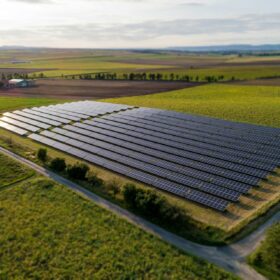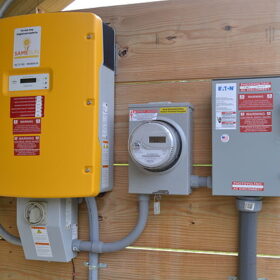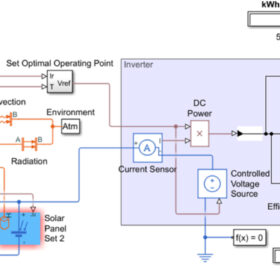Year-to-year solar variability peaks in Europe, Australia, Argentina, and China
In a new weekly update for pv magazine, Solcast, a DNV company, reports that the regions with the highest year-to-year variability in irradiance include Central and Northern Europe, East Coast Australia, Northern Argentina, and China, with Africa exhibiting the most stable irradiance year-on-year.
How long do residential solar batteries last?
Multiple factors affect lifespan of a residential battery energy storage system. We examine the life of batteries in Part 3 of our series.
‘Minimal’ land required for renewables expansion in Europe
The European Environmental Bureau (EEB) says 2.2% of the European Union’s total land can host all the solar and wind projects needed to phase out fossil fuels and nuclear power, achieving climate neutrality by 2040.
Analysts predict 337 MW of new solar in Belgium for H1
Analysts from the Becquerel Institute say that they expect 337 MW of new solar capacity in Belgium for the first half of 2024. They anticipate around 900 MW for the full year, due to growth in specific segments.
How long do residential solar inverters last?
Multiple factors affect the productive lifespan of a residential solar inverter. In Part 2 of our series, we look at solar inverters.
France announces new FIT rates for PV systems up to 500 kW
France’s new feed-in tariffs (FITs) for August to October 2024 range from €0.1430 ($0.1551)/kWh to €0.1088/kWh, depending on system size.
New model to identify optimal power sizing ratio for solar inverters
Researchers in Malaysia have proposed a new approach to identify the optimal power sizing ratio to balance PV energy capture with inverter costs. The calibrated model is said to accurately reflect the relationship between inverter efficiency and real-world system behavior.
Australian electricity market operator expects 86 GW of rooftop PV by 2050
An industry data exchange co-design is putting consumer energy resources at the beating heart of Australia’s energy marketplace, prompted by a 2050 projection of 86 GW of rootfop solar and 27 GW of flexible demand in the National Electricity Market (NEM).
Diego Luxembourg launches resindential air-to-water heat pump
The Luxembourg-based manufacturer said the new product can reach flow temperatures of up to 72 C and achieve a seasonal coefficient of performance (SCOP) of up to 5.7.
China’s solar dominance not an issue
In a new monthly column for pv magazine, the International Solar Energy Society (ISES) explains why potential trade disruptions in the global PV supply chain are substantially different from those related to coal, oil and gas.










